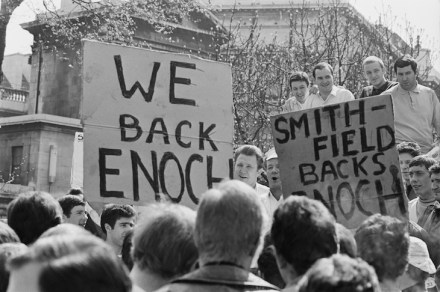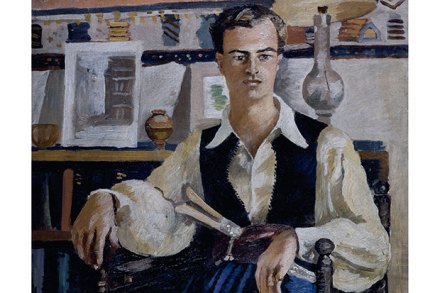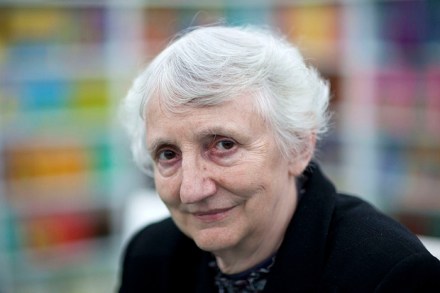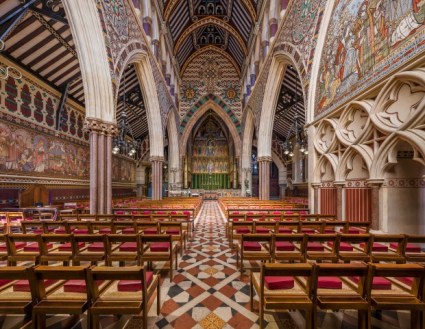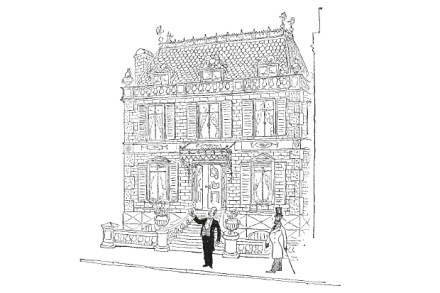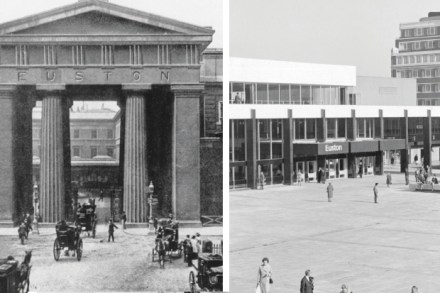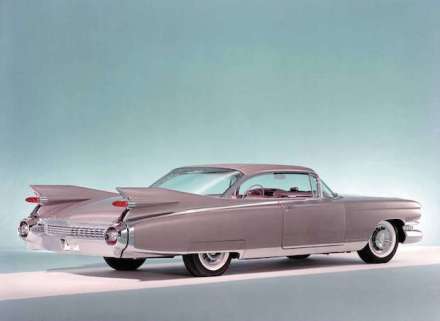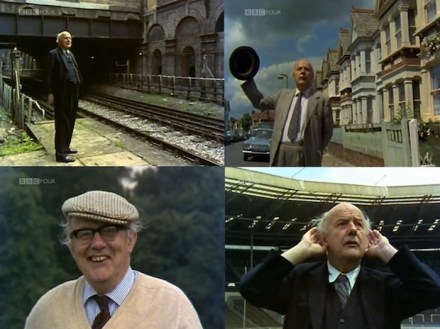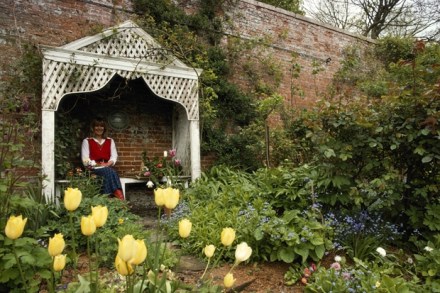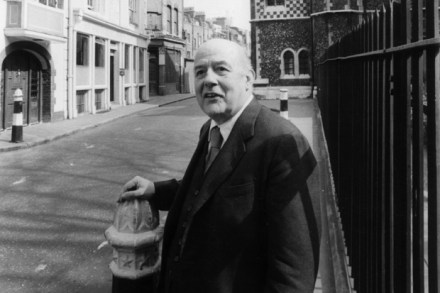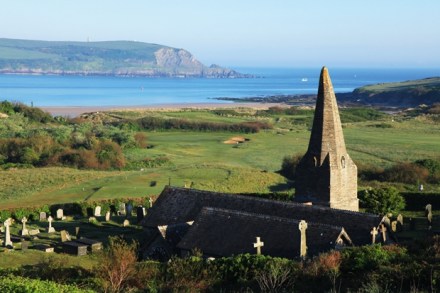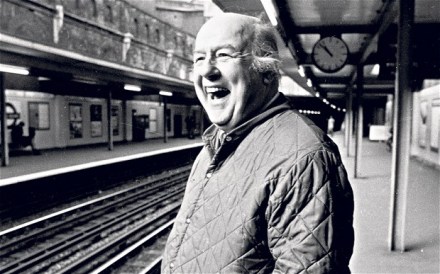Diary – 26 April 2018
Dining in splendour beneath Van Dycks as we forked in the delicious venison, it was hard not to agree with my neighbour that we were in illustrious company and in one of the most beautiful rooms in England. Our hosts had, however, as we agreed, been bold in the choice of multinational guests, many of whom had never met one another. A challenge for the shy. How much easier, we said, were children’s parties. If all dinner parties had conjurors, or games of Pass the Parcel and Musical Chairs, they would lose their terror for those of us who still feel tongue-tied by social demands. Lo and behold! As we
